PROTECT YOUR DNA WITH QUANTUM TECHNOLOGY
Orgo-Life the new way to the future Advertising by AdpathwayAugust is a wonderful time for gardens. The weather is cooling, the days are shortening, and colorful leaves and blooms are abundant. It’s a great month to plan your fall harvest.
Many cool-weather lovers perform better at the end of summer. They still need sunlight, though they don’t need the high heat that tomatoes, beans, and corn plants prefer. You’ll want to grow fall crops like cabbage, cauliflower, and kale.
Quick growers, like radishes and lettuce, are also essential in the late summer garden. You can direct sow their seeds in empty pockets of the yard to fill it with lush growth.
Remember, it’s not too late to grow crops! If you recently cleared the summer garden or forgot to grow crops this year, take a look at these vegetables to sow in August.
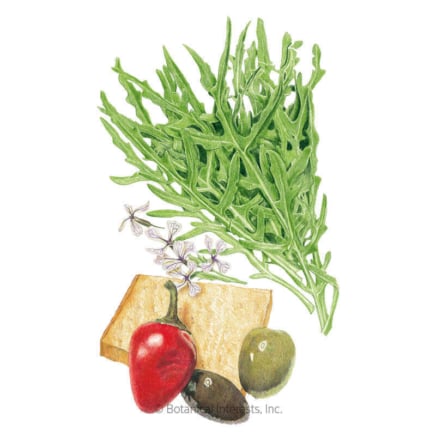
Round Black Spanish Radish
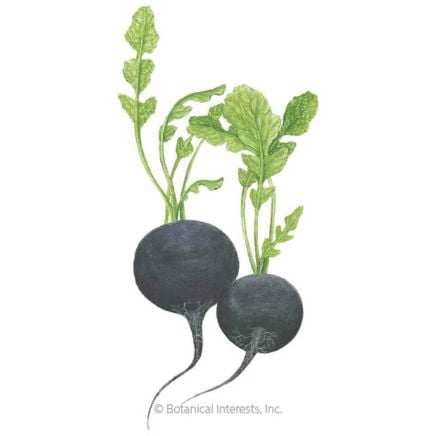
Round Black Spanish Radish Seeds

Arugula
 These spicy greens are great in fall dishes.
These spicy greens are great in fall dishes. Leafy vegetables are perfect for beginner gardeners. They’re quick to mature, easy to harvest, and delicious! Arugula is one of the tastiest vegetables to sow in August. It has a spicy punch that’s powerful and flavorful.
There are two main types of arugula greens: perennial and annual. Annual arugula tends to taste mildly spicy and nutty, while perennial arugula is strong with a peppery kick. I like to grow both.
The perennial type survives year to year in USDA hardiness zones 5 through 9, while the annual arugula requires reseeding annually. You may also find these greens under the names wallrocket, rocket, and roquette in French.
Asian Greens
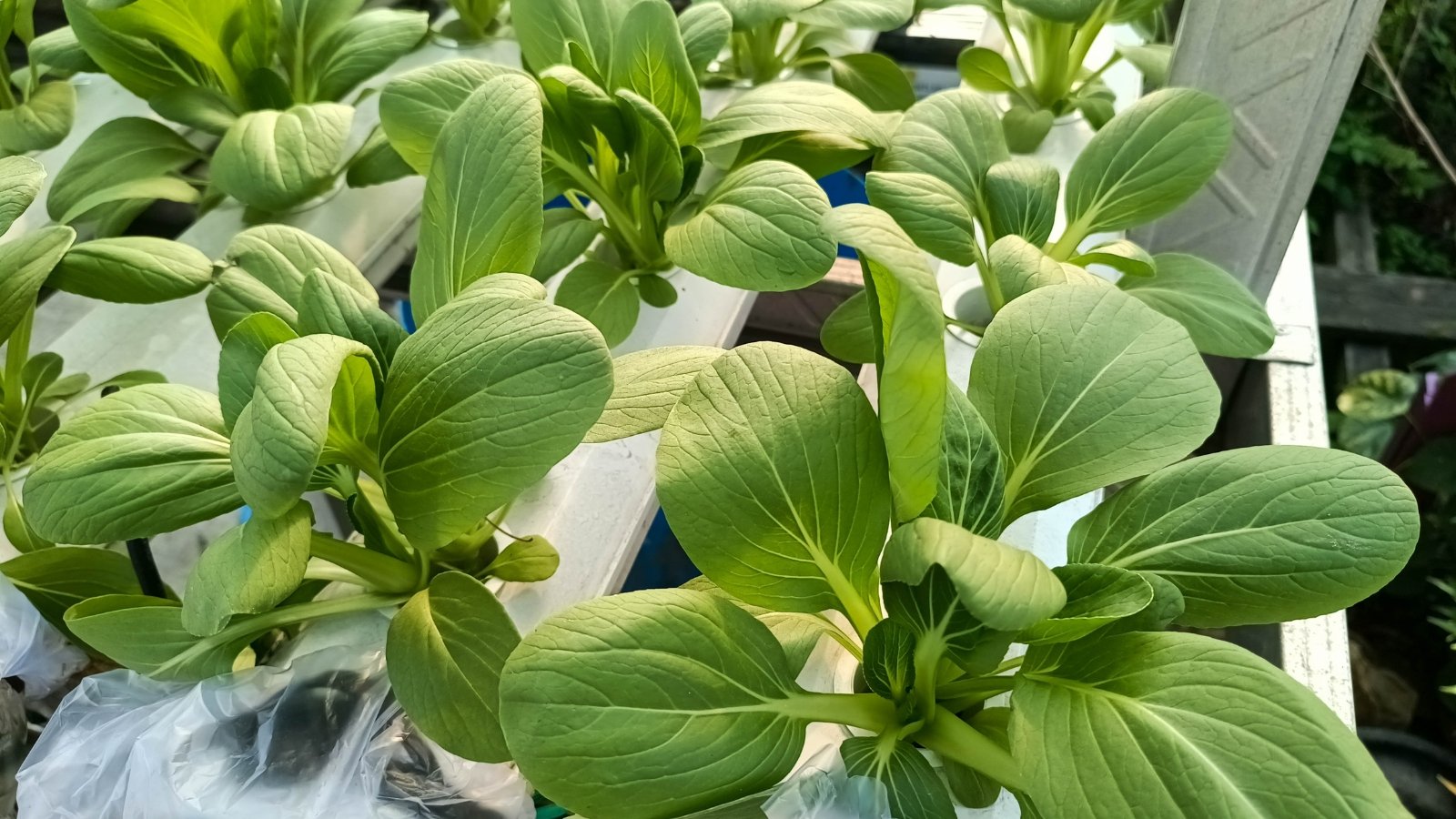 Cooler fall temperatures produce the tastiest leaves.
Cooler fall temperatures produce the tastiest leaves. Asian greens include leafy favorites like bok choy, napa cabbage, and chrysanthemum greens (shungiku). They’re quick-maturing vegetables, and they taste best when they’re young and tender. This makes them perfect vegetables to sow in August.
Which Asian green to try depends on your growing region and your culinary preferences. Bok choy is a crowd pleaser; baby varieties only need about 30 to 35 days to mature! Opt for dwarf selections like ‘Baby Choi’ or ‘Toy Choy.’
These greens need cool temperatures and consistent moisture to thrive. Let fall rains water them for you, or set up an irrigation system to keep them sufficiently moist while they mature.
Broccoli Raab
 Fast-maturing, this crop is ready to harvest in under two months.
Fast-maturing, this crop is ready to harvest in under two months. Broccoli raab, also known as rapini or Italian broccoli, is a close relative of heading broccoli. This species has small heads and tender, edible greens. The flavor is mildly reminiscent of broccoli with a more peppery kick.
These vegetables form small heads and don’t need as much time to mature as typical broccoli varieties. Find mature plants ready for harvest only 45 days after germination.
Broccoli raab needs cool, moist weather and plenty of direct sunlight. Direct sow seeds in an open spot of the garden and water them regularly to help them sprout.
Cabbage
 The cooler fall temperatures prevent stress and limit pest problems.
The cooler fall temperatures prevent stress and limit pest problems. Cabbage is another head-forming crop. It sprouts spoon-shaped leaves that curl up into a tight ball of foliage. These tight heads taste supreme in roasts, saurkraut, and fermented goods.
Cabbage dislikes growing in the summer. Grow it as an early spring crop with other vegetables, or direct sow seeds at the end of summer for a fall harvest.
Gardeners in mild, frost-free regions can cultivate it in the winter! Simply sow these vegetable seeds in August or later, and let the heads mature under the cool of fall.
Cauliflower
 Plant in full sun for the best performance.
Plant in full sun for the best performance. Cauliflower is closely related to other vegetables like cabbage, broccoli, and kale! These veggies are in a group called cole crops. They all descend from a single, common ancestor, the wild mustard known botanically as Brassica oleracea.
Cole crops prefer cool temperatures, full sun, and consistent moisture to thrive. They suffer in summer, though they outperform hot crops in early spring and fall.
Most cauliflower varieties need 70 days or more to mature after they sprout. Their mild frost tolerance allows them to survive well into September and October. If you garden in an area with a short autumn season, consider direct sowing these vegetables in July instead of August.
Collards
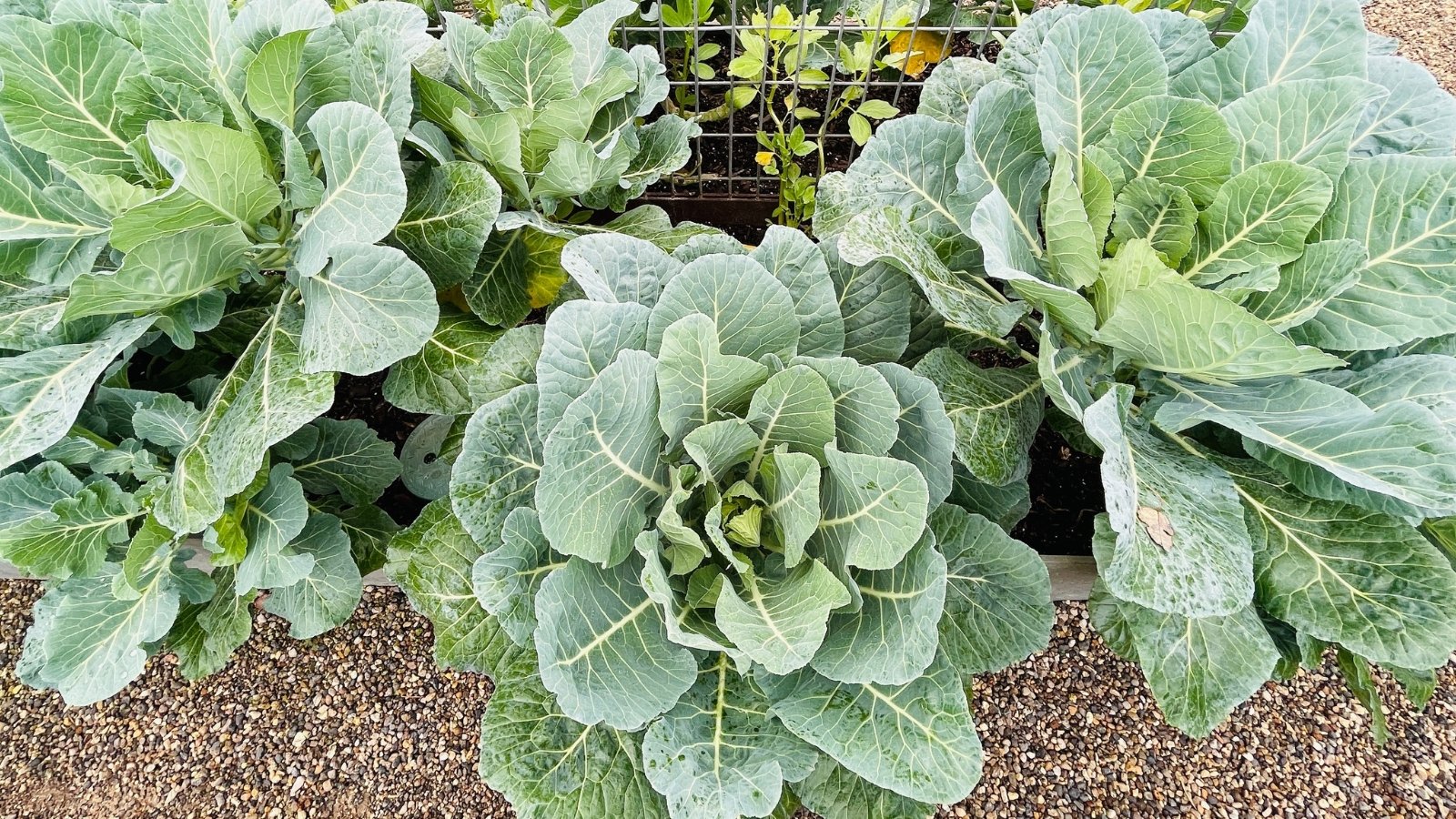 Both heat- and frost-tolerant, August is a perfect time to plant.
Both heat- and frost-tolerant, August is a perfect time to plant. Collards are also cole crops! They grow long, thick, and wide leaves that taste superb in cooked greens dishes. They’re much more heat-tolerant than mustard or kale, making them perfect vegetables to sow in August.
Not only are they heat-tolerant, but many collards are frost-tolerant as well! They’ll turn sweeter after light frosts. Pick leaves individually to use a few, or harvest the entire plant to use it all at once.
Young collard leaves taste great fresh—you don’t have to cook them! Use the young foliage for salads and sandwiches. The larger leaves get tougher as they grow, and they work well in prepared and cooked dishes.
Kale
 Harvest baby greens early to eat fresh.
Harvest baby greens early to eat fresh. Mature kale is tough and hearty like full-grown collards. It recently saw a culinary revival in the early 2010s as chefs and cooks began using it in new ways. It’s one of the few versatile vegetables that work well both fresh and cooked in recipes.
Kale needs a month or two to mature, and you can harvest its baby greens for fresh eating. Sow vegetable seeds in August and let them flourish under the moist, mild conditions of fall.
Kales come in all shapes and sizes. Opt for red, blue, or green types, and select ones with frilly, smooth, or divided foliage. Can’t decide on a single variety? Choose a pre-made mix, like the ‘Premier Blend,’ for a combination of multiple varieties.
Lettuce
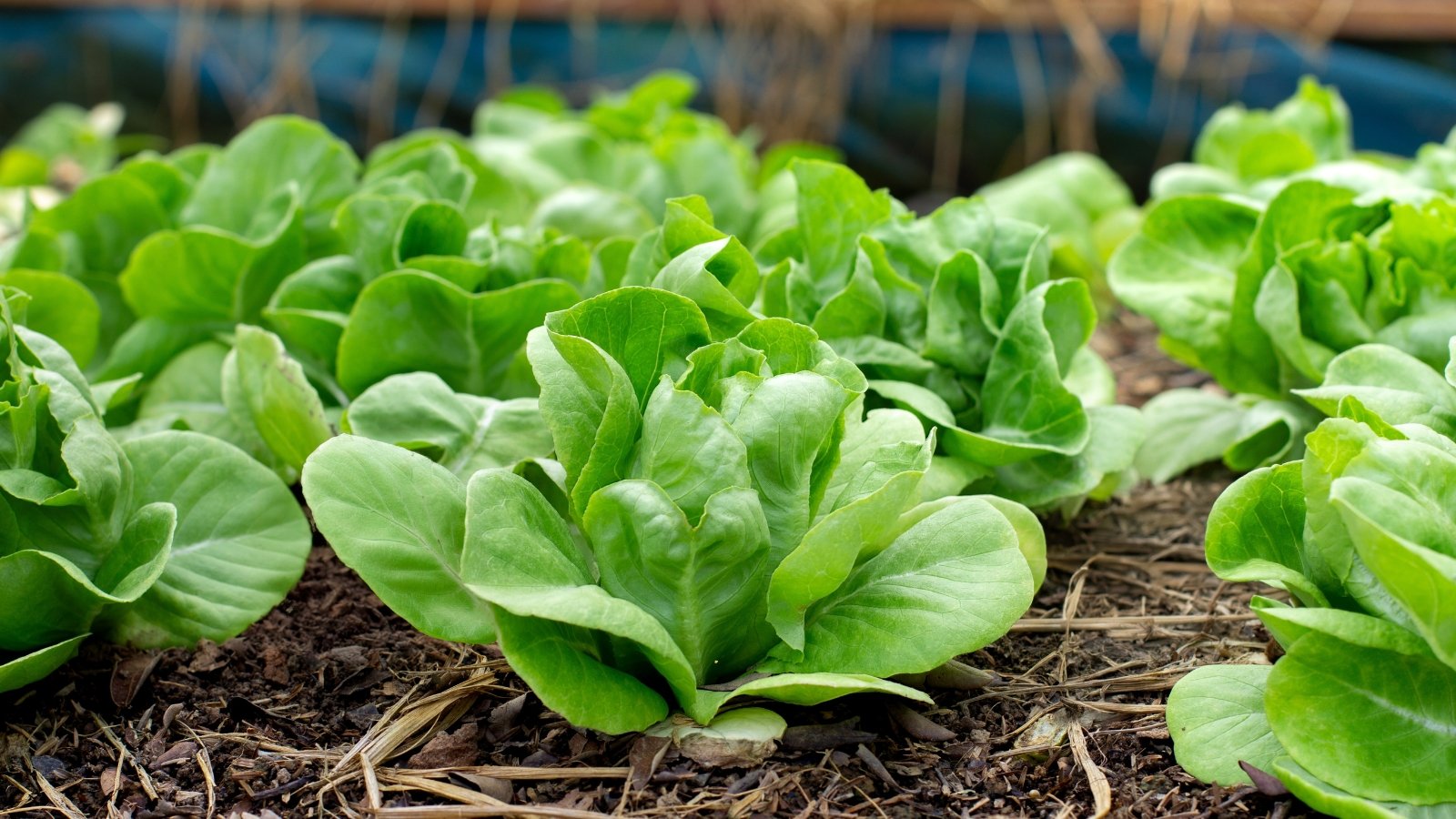 This popular crop needs warmth to germinate, but appreciates cool fall temperatures.
This popular crop needs warmth to germinate, but appreciates cool fall temperatures.Lettuce is one of the most common vegetables. You’ve likely eaten lettuce today already! Whether it’s romaine, iceberg, or butterhead lettuce, these plants flourish in the garden at the end of the growing season. They are great vegetables to sow in August for a robust fall harvest.
Lettuce seeds germinate rapidly and readily when soil temperatures sit between 60-70°F (16-21°C). They struggle to germinate under summer’s heat, making them more suitable for planting in the fall. Grow this vegetable alongside your cole crops, winter roots, and cover crops.
If you garden in a region with a short autumn season, you may grow lettuce to harvest its young leaves. They’re tender, slightly crunchy, and full of flavor.
Mustard Greens
 There are many mustard varieties to choose from.
There are many mustard varieties to choose from. Mustards are similar to collards in appearance, though they have a different flavor that’s hearty and delicious. They’re an old garden favorite, which is why there are dozens of varieties to choose from nowadays.
Try red-leaf mustards, curly-leaf types, or flat-leaf green ones. This vegetable has many cultivars, and there’s sure to be a proper one for your garden.
If you’re looking for a unique vegetable to sow in August, try the Japanese favorite called mustard spinach. It’s neither a mustard nor a spinach; it’s a separate species! Harvest its young leaves for salads, or let them mature for cooking recipes.
Radish
 Radishes mature incredibly quickly.
Radishes mature incredibly quickly. Most root crops need time to form their swollen roots for harvesting. Radishes are the exception! They’re quick-maturing vegetables fit for the fall garden.
Spring radishes aren’t just for the spring. They typically grow in that season because they’re quick-growing. Some varieties, like ‘Cherry Belle,’ need only 24 days to mature after sprouting! Sow them successively every week or two for consistent fall harvests until the first frost.
Winter radishes are a bit different. They need shortening days to mature, and they’re more frost-tolerant than spring types. Plant winter radish varieties like ‘Round Black Spanish’ in August for fall and winter harvests.
Spinach
 Keep spinach protected during germination in warmer zones.
Keep spinach protected during germination in warmer zones. No vegetable has tender leaves like spinach! They’re an essential part of the fall garden. Their soft, delicious leaves go great in salads, sandwiches, and cooked dishes like casseroles.
Many spinach varieties exist, and they mature faster than most other vegetables. Most spinach cultivars need 28 days to grow! Sow these vegetables this August, and keep the soil cool and moist while they germinate.
If you’ve never grown spinach before, try the ‘America’ variety. It’s frost and heat-tolerant, and it tastes great when young or fully grown.
Swiss Chard
 Choose a variety with bright stems for a pop of color.
Choose a variety with bright stems for a pop of color. Fall is the season for leafy vegetables. The change of weather creates ideal conditions for tender, sweet, and juicy leaves. Though Swiss chard excels in autumn, it’s a great crop for growing year-round in the garden.
This leafy veggie is a biennial, meaning it grows foliage in its first year and flowers and seeds the next year. You can enjoy its young leaves anytime. The fully grown ones are great for cooked greens dishes.
Chard can sometimes have a bitter taste. To remove it, try blanching the leaves for a few minutes. Boil them for five minutes, strain them, and let them cool. Then, squeeze all the moisture out of them and use them in your recipes. You may also freeze them for long-term storage after blanching.
Turnips
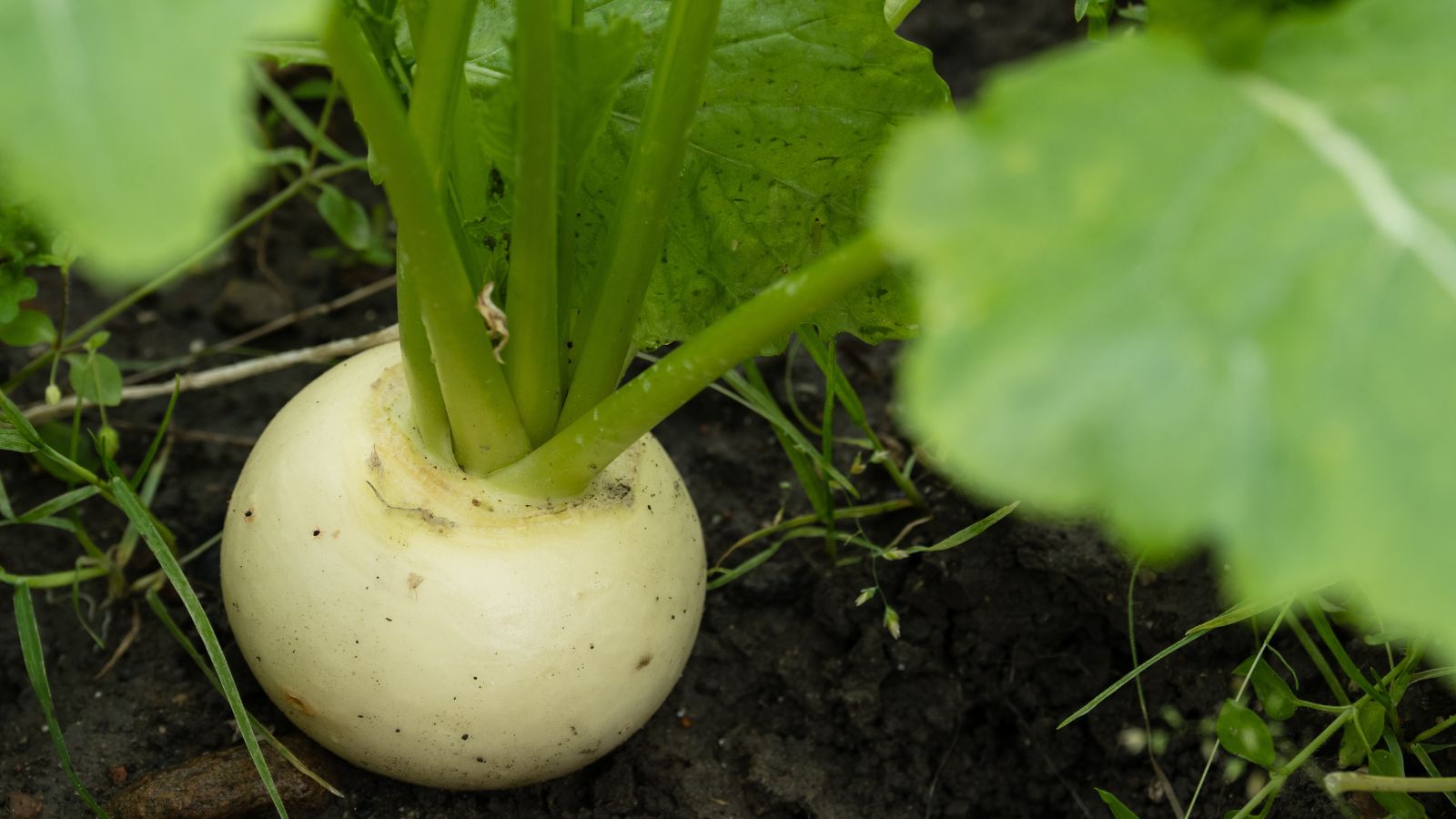 These versatile vegetables deserve a spot in your August garden.
These versatile vegetables deserve a spot in your August garden. Like radishes, turnips are quick-maturing root vegetables that love growing in spring or fall. They’re not as popular as carrots and beets nowadays, though they should be! They taste great and they’re easy vegetables to sow in August.
Turnips are one of the versatile vegetables. Harvest the root for a savory treat, or pick the leaves to eat as fresh greens. Some turnips, like ‘Seven Top,’ only grow greens for eating! Choose the turnip that fits your needs the most.
Many growers favor the Japanese salad turnips; they’re sweet, fruity, and crunchy. Slice them for fresh eating, grate them on salads, or pickle them to preserve their crunchiness.


 22 hours ago
17
22 hours ago
17

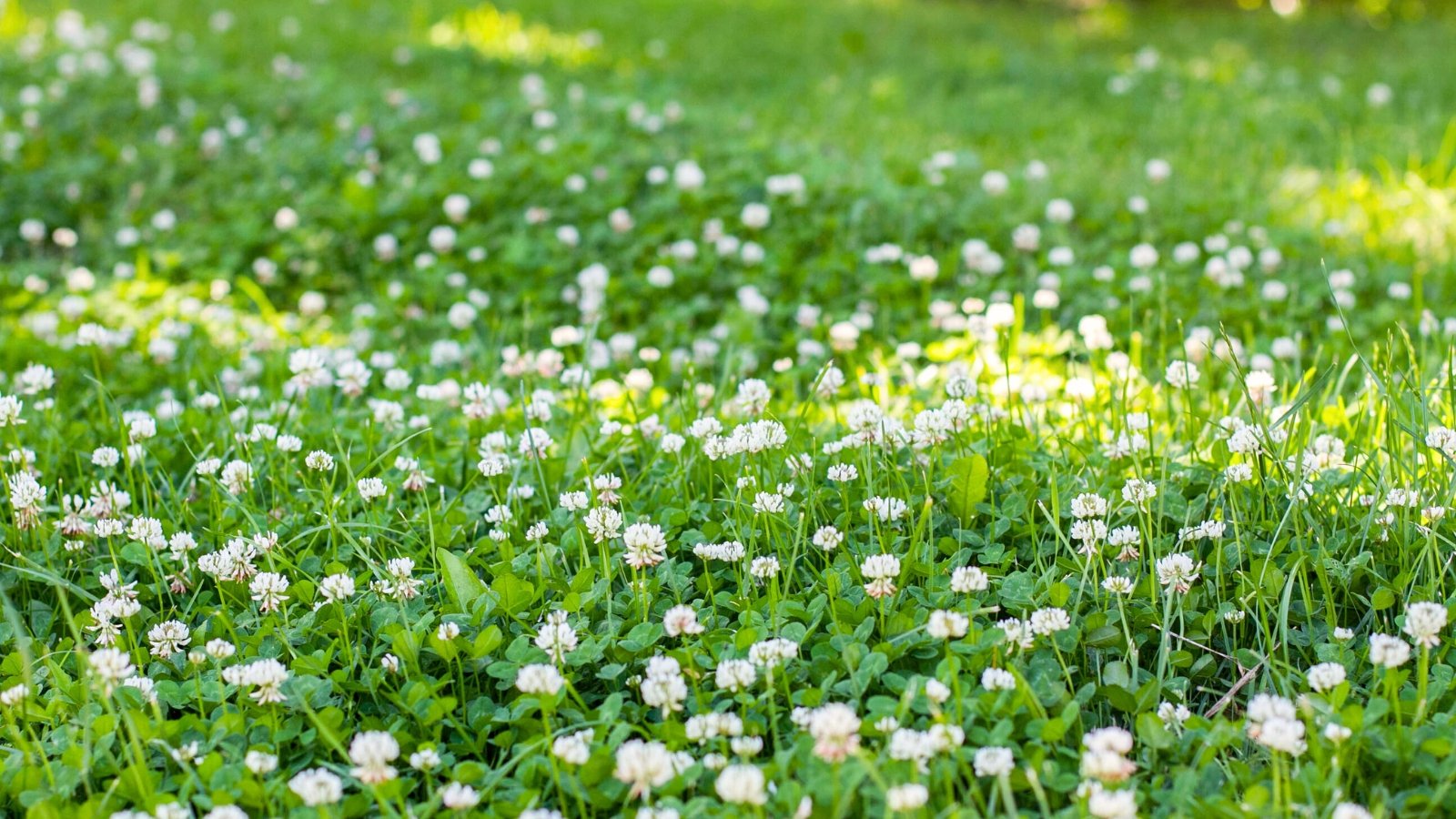

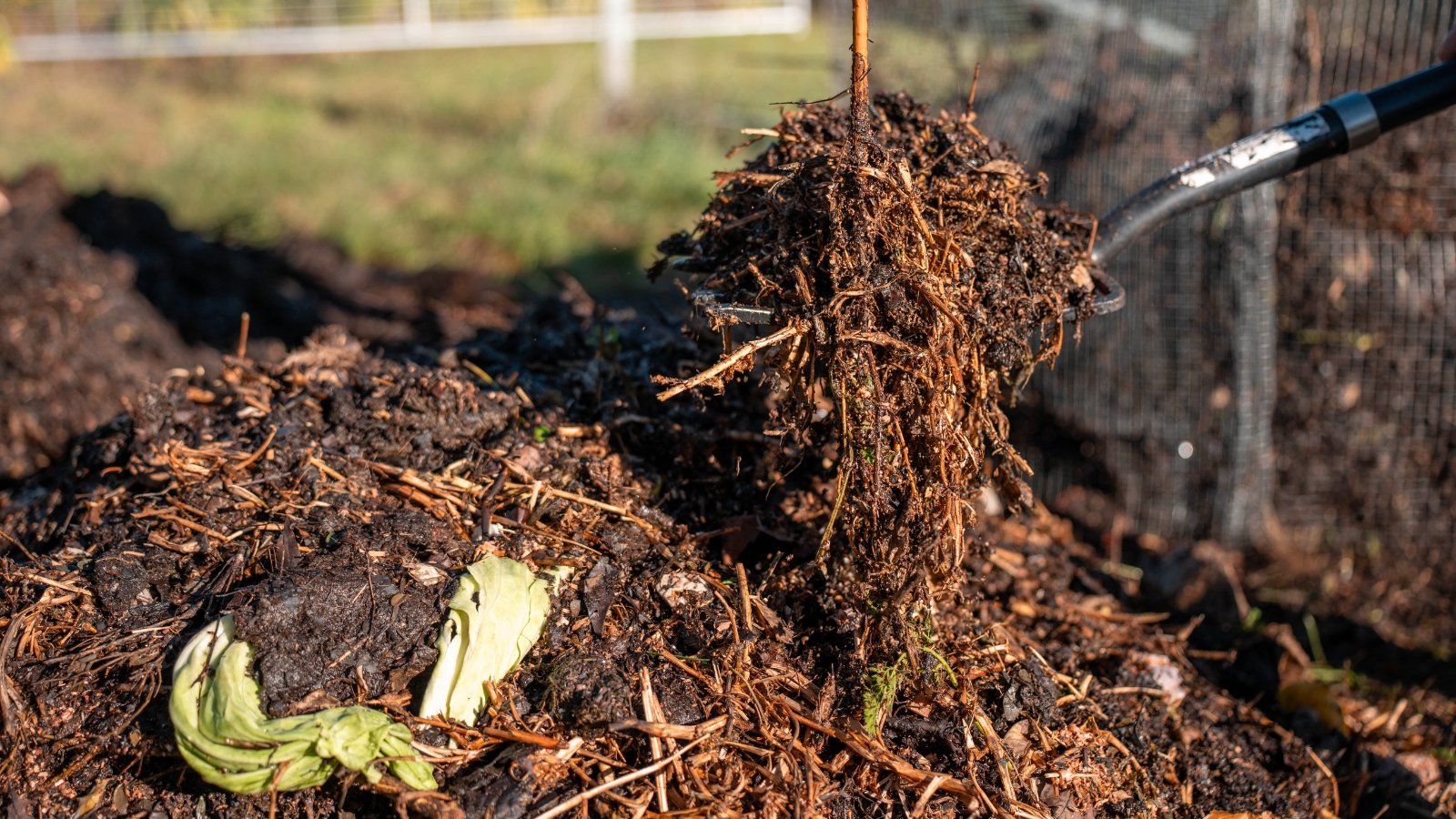

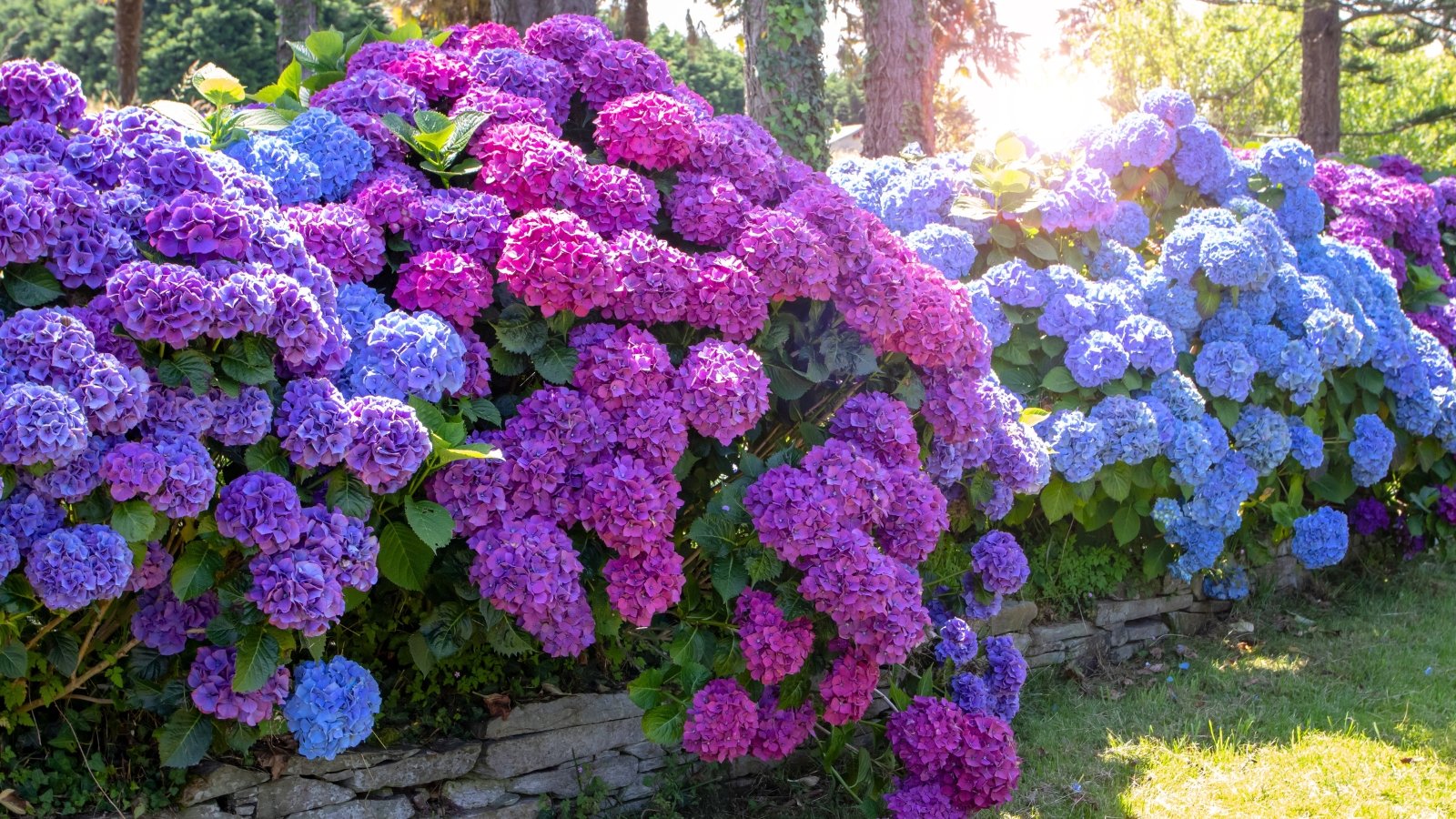















 English (US) ·
English (US) ·  French (CA) ·
French (CA) ·